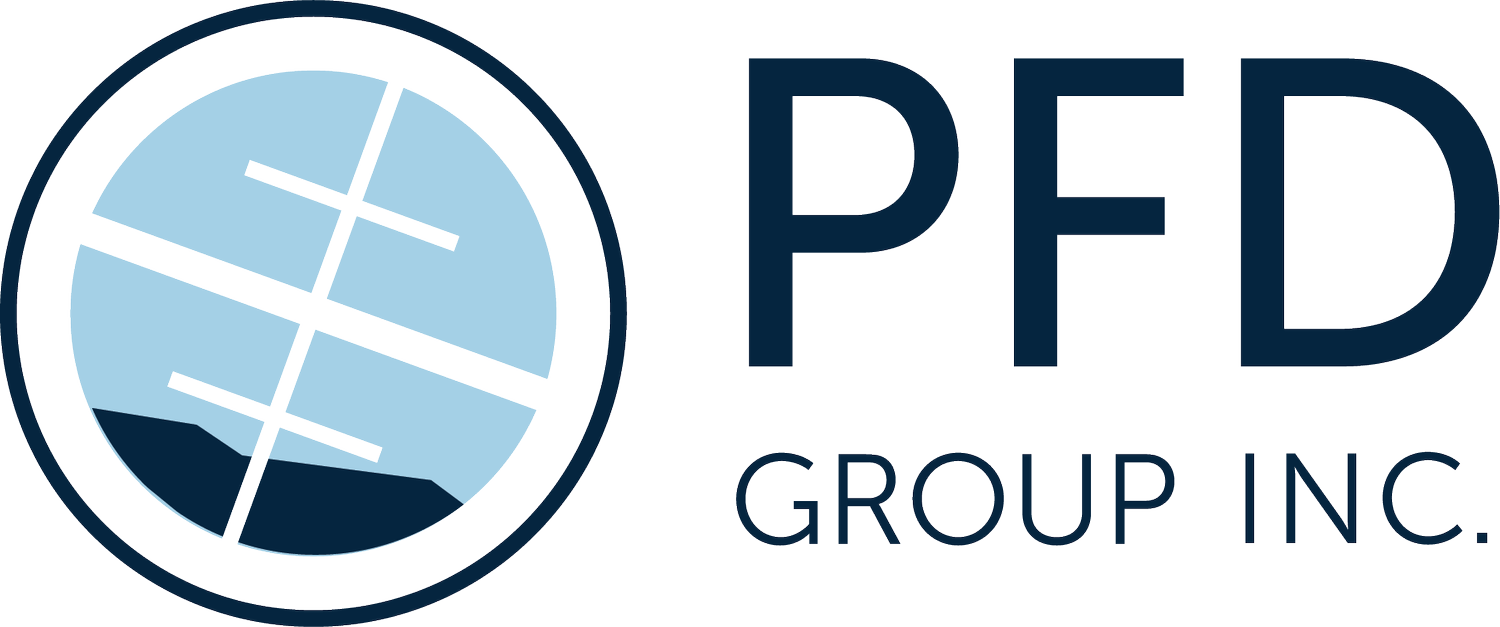When our team went to Alaska to meet with potential caterers and vendors for our Stewardship Summit event this summer, we got the chance to build meaningful relationships with great leaders who are dedicated to serving others. In our experience, we find that meeting in person to discuss our events is the best way to understand if potential partners share our vision, create a collaborative planning process, and solidify the purpose of the event.
People are yearning for connection in these unpredictable times, and as you continue to lead your business, we wanted to share some best practices that we use for planning events with purpose.
Determine the primary focus, goals, and priorities for your event
Before beginning the process of planning an event, it is crucial to understand the motivation behind it. Having a clear vision for the purpose of your event is the foundation of a successful experience for the hosts, vendors, and attendees. Making sure your team shares this vision is just as important. The more time leaders spend on collaborating with their team to develop a clear vision, the better they can navigate daily tasks and decisions.
Some helpful guidelines that we use to jumpstart the event planning process include brainstorming the following questions:
Why does the event matter? or What is the purpose of the event?
What does success mean and look like for the event?
What are the top three desired outcomes of the event?
What is the long-term value of the event?
Mapping out these questions helps us define the purpose and legacy of our events. When your team is on the same page regarding the mission of the event, they will innately be more invested in the planning and execution journey.
Selecting attendees that share your core values
One of the more creative ways that we like to plan our events is by thinking about who our ideal attendees might be. Identifying the right core value fit for your attendees will help you create a unique and valuable learning experience that is cohesive across all event participants.
A fun strategy that helps us select our desired attendees is asking your team to pick a group of people (dead, alive, or fictional) that they would want to attend the event. This exercise is a great way to define criteria for potential candidates.
Start out by listing the top 10-25 people you would most like to attend and transform the event.
Identify positive and relevant characteristics that stand out.
Use this information to develop various criteria for your ideal attendees and build the event around them.
Everybody is different, and it is important to keep in mind that while some attendees may be excited to participate in special activities, others may prefer to engage in something else. However, we can’t be everything to everyone, so selecting attendees that share your core values and share the same interests is key to providing a well-rounded experience. Being selective can be scary, but we encourage it.
While the foundation of any event starts with purpose and people, we know that there are many other details to consider when putting together your event. If are interested in a detailed event planning checklist, click the button below to access a free tool that we use to create the best experience for our clients.
Building strong relationships with vendors
We highly recommend building strong relationships with the people who are a part of your event. Get to know if potential vendors share the same core values and are a good fit by meeting with them in person or planning a fun activity together.
In addition, we strongly suggest giving vendors, caterers, and other key staff members a say in the development of the event planning process. Making discussions open-ended and asking questions will establish a collaborative space where hosts and stakeholders can co-create.
For the last couple of weeks, we have been working on building connections with potential vendors and caterers for our Stewardship Summit in Alaska this year via phone and email. Before meeting these potential partners in person, we had preconceived ideas of them. When we met everybody in person, our expectations and perceptions changed; some vendors exceeded our expectations, while others fell short. Having these in-person introductions allowed us to evaluate their business setup, how they run their company, and how they incorporate creativity into their work. Without having meant with these vendors in person, it would have been difficult to identify the best fit vendors and build relationships with them.
If potential vendors have a vision that reflects your mission and coincides with your desired outcomes, this is a good sign that they are the right fit for your event.
When we develop a clear vision, determine who is the right core value fit to attend, and build close relationships with potential vendors, it becomes much easier to navigate planning events with purpose. We find collaboration and co-creation to be essential tools for providing a positive and valuable experience for everyone, and hope these strategies guide you through the event planning process.

